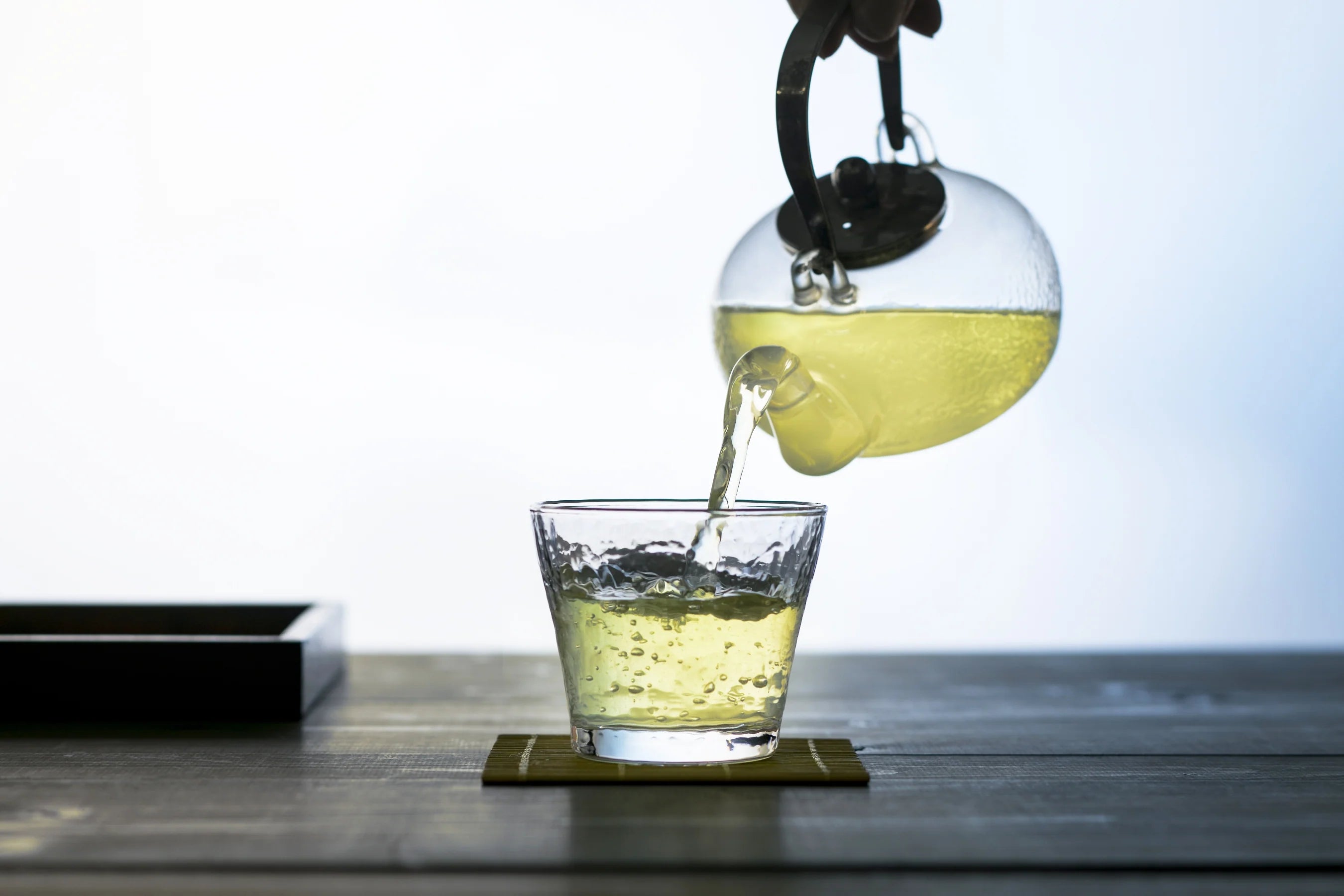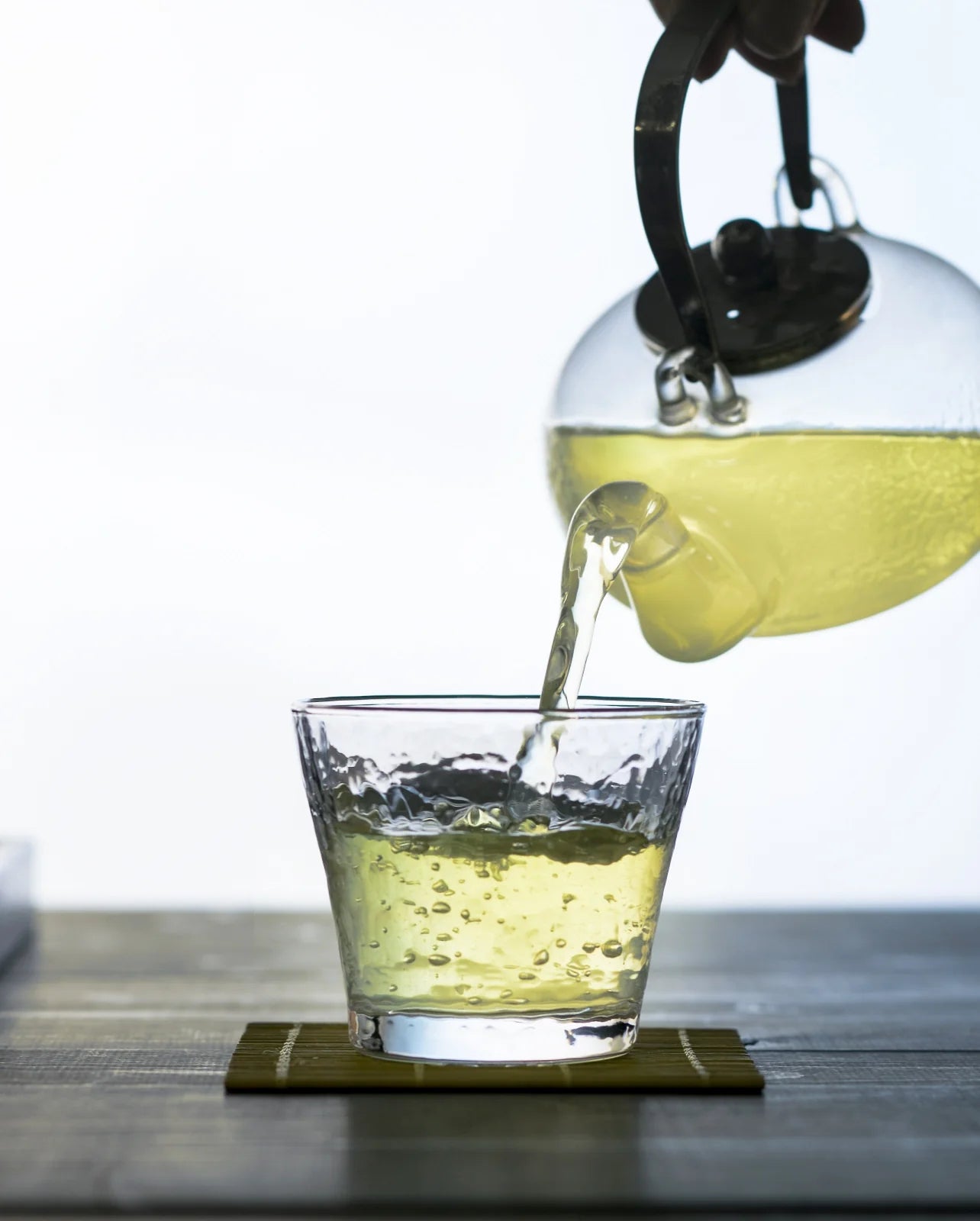Since its foundation in 1854 (Ansei 1), Nakamura Tokichi Honten has always pursued the “characteristics” unique to each type of tea. We utilize open-field cultivation without covers to provide sencha full of brisk freshness which is characteristic of sencha. We carry out under-cover cultivation with intensive care to supply gyokuro with a rich aromatic flavour which is characteristic of gyokuro.
We are determined to continue providing tasty tea without merely being bound by shapes or appearances.

Matcha
Matcha is made of tea called tencha. To produce tencha, we cover tea plants to block sunlight while sprouts are growing and then grind the tea leaves finely with a tea grinding stone.

Gyokuro
Like tencha, gyokuro is produced by covering the tea plants in shades and blocking out the sunlight while the sprouts are growing.
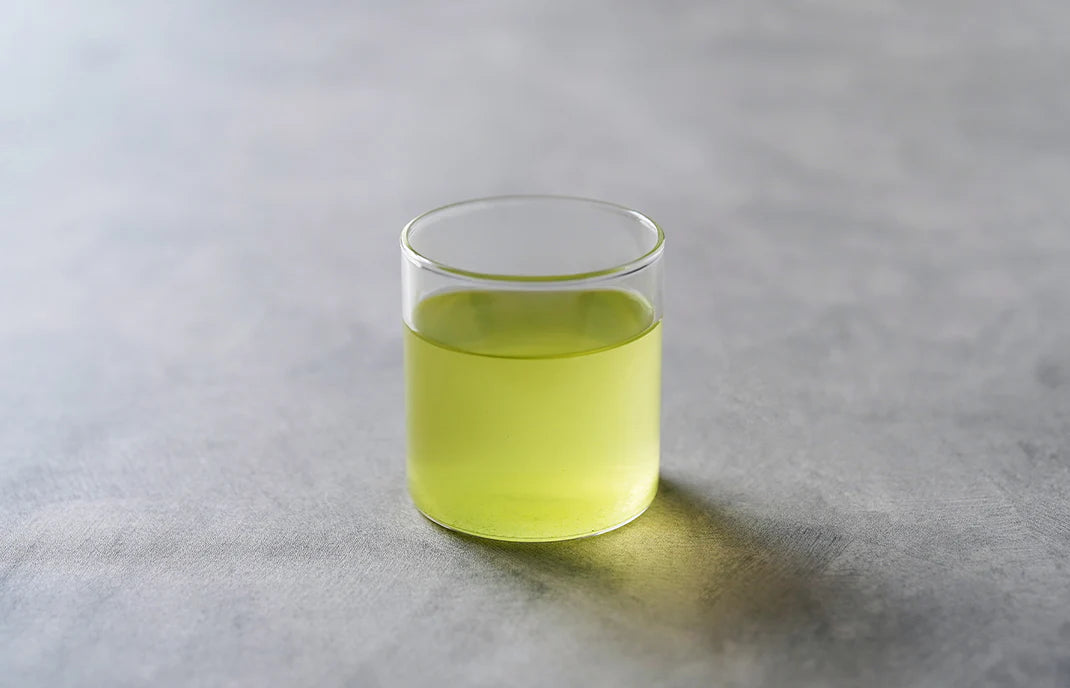
Kabusecha
Kabusecha is an intermediate type of tea between sencha and gyokuro. To produce kabusecha, The tea plants are covered while the tea sprouts are growing in similarity to gyokuro and tencha.
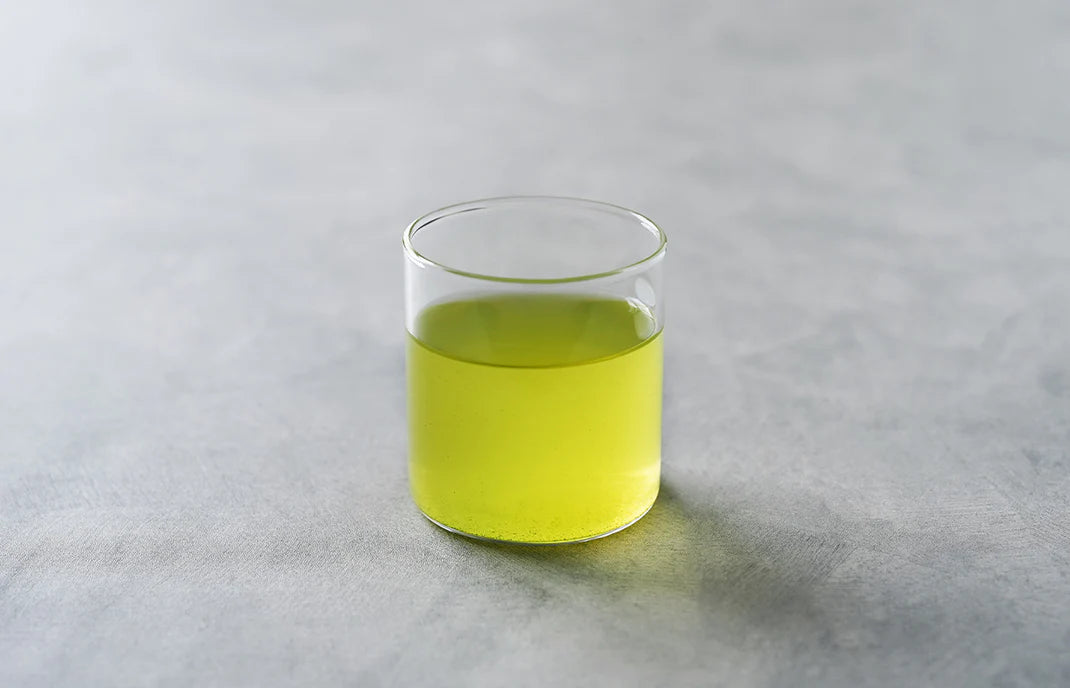
Sencha
Sencha is the most commonly cultivated and consumed type of Japanese tea. The tea plants are not covered to produce sencha.
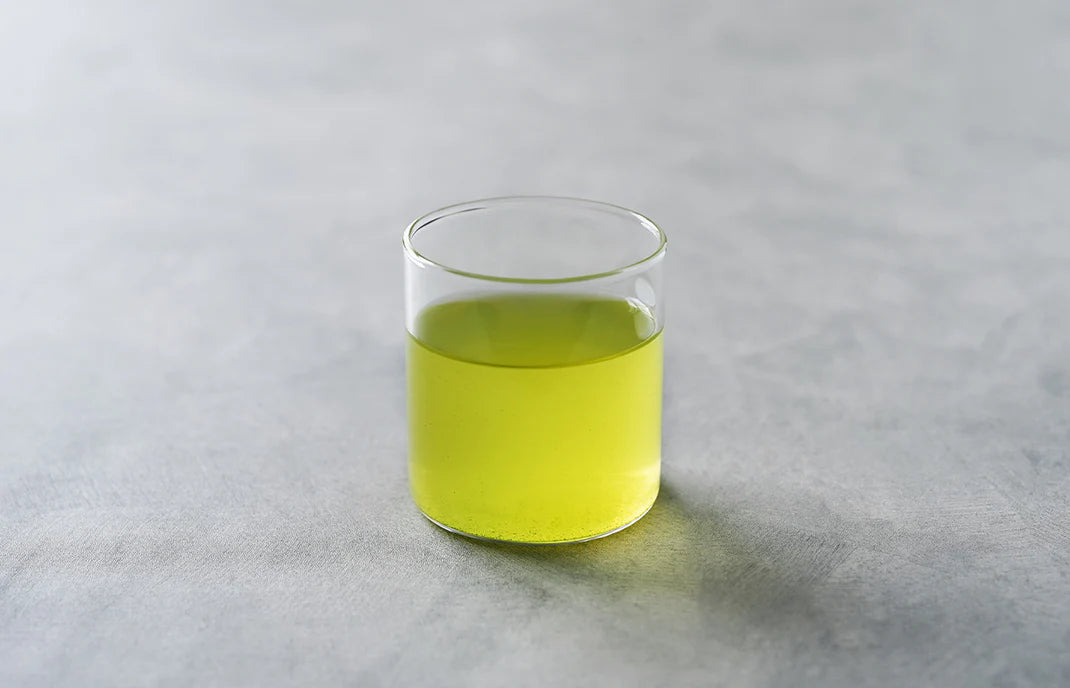
Nakamura-cha
Nakamura-cha (Nakamura Tea) is a tea blend available only at Nakamura Tokichi. In the tea environment and terminology, the special term, “gogumi,” means as much as "to blend".
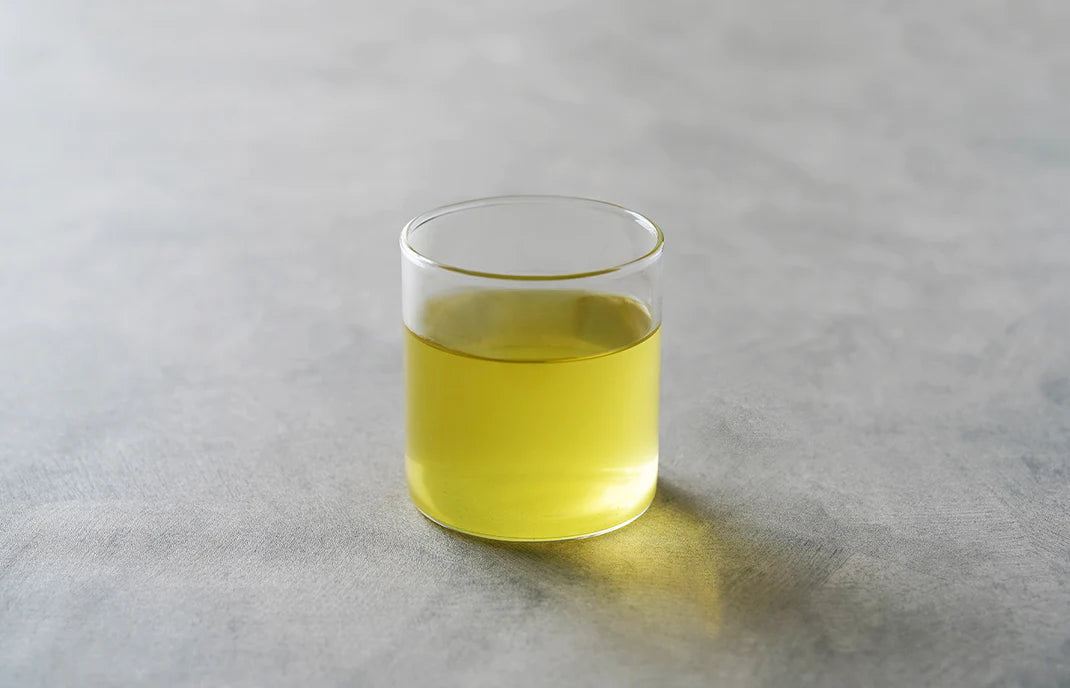
Sencha "Tokichi"
To produce Sencha Tokichi, we slowly mature the tea cultivated at Dosen-bo until autumn in order to enhance it's richness and deepness.
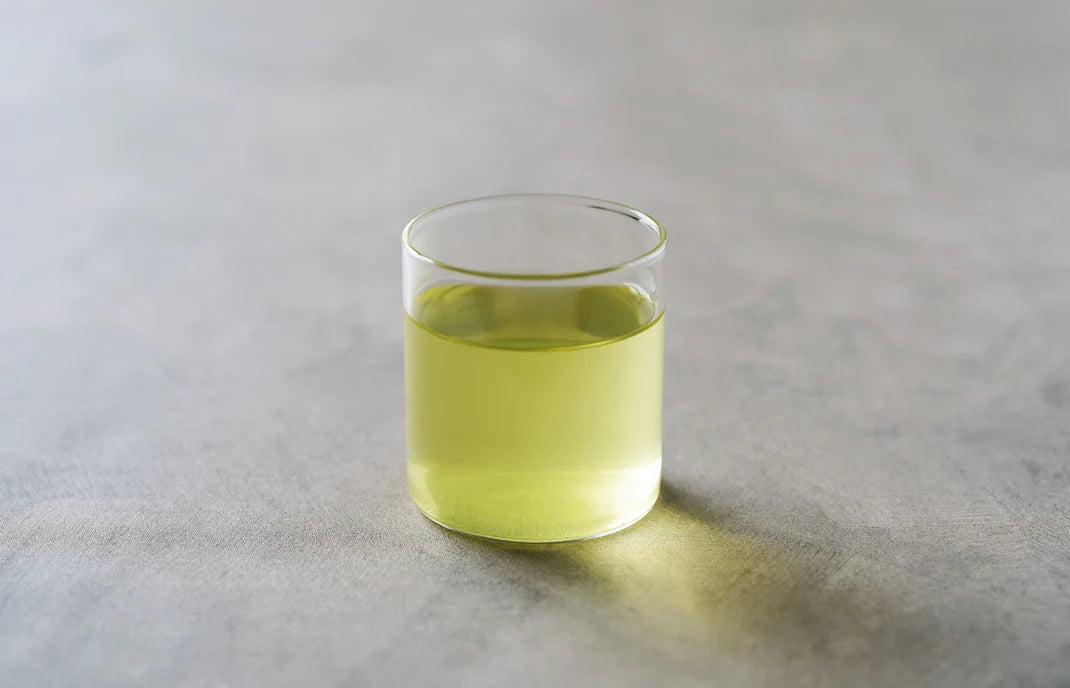
Shincha
Shincha (new tea) refers to the tea harvested in spring (= ichiban-cha or first-flush; in Uji, harvesting starts in early May). Of course, there are varieties of Shincha such as tencha, gyokuro and kabusecha, but we only sell first-flush sencha as “shincha.”
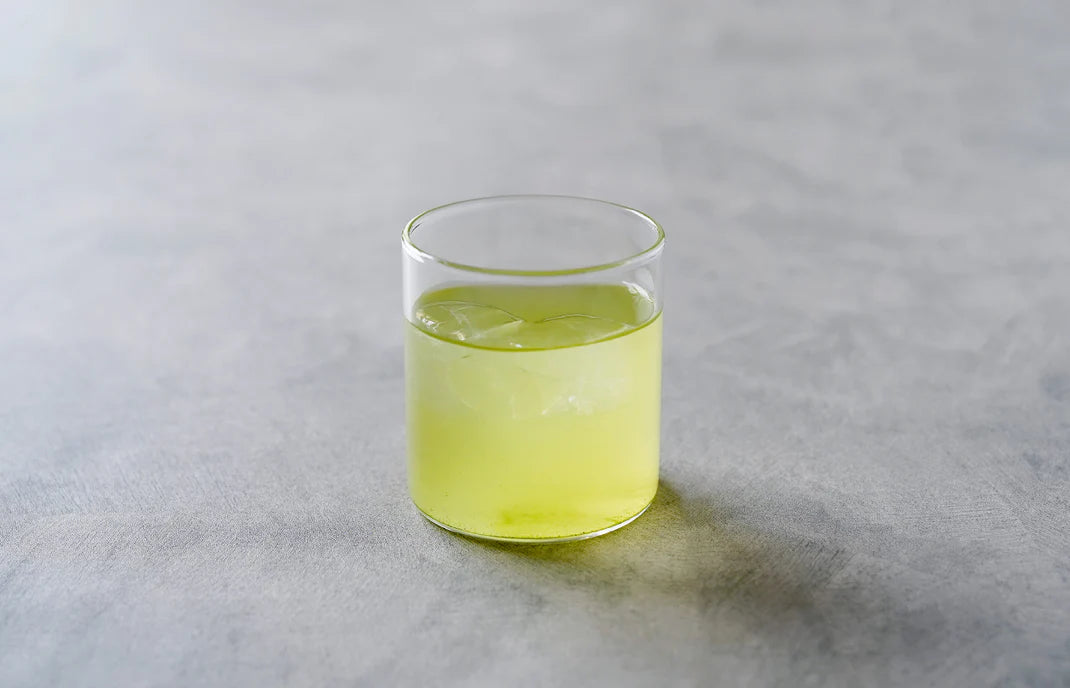
Iced Sencha
Iced Sencha is a limited edition seasonal tea, produced by using our unique blending and manufacturing methods in order to accomplish a proper balance of mellow deliciousness (umami), richness, oozing sweetness and modest bitterness/astringency by cold brewing.

Hojicha
Hojicha is made of the leaves and stems of sencha, roasted at a high temperature, characterised by a roasted aroma and a dark brown colour. The tea's bitterness and astringency is largely substracted by roasting at high temperatures, rendering the tea largely refreshing.

Kukicha
Kukicha is easy to drink thanks to its light and plain taste. It can also be recommended as an easily brewable tea, as this tea releases comparatively less bitterness and astringency even when prepared with boiling water.
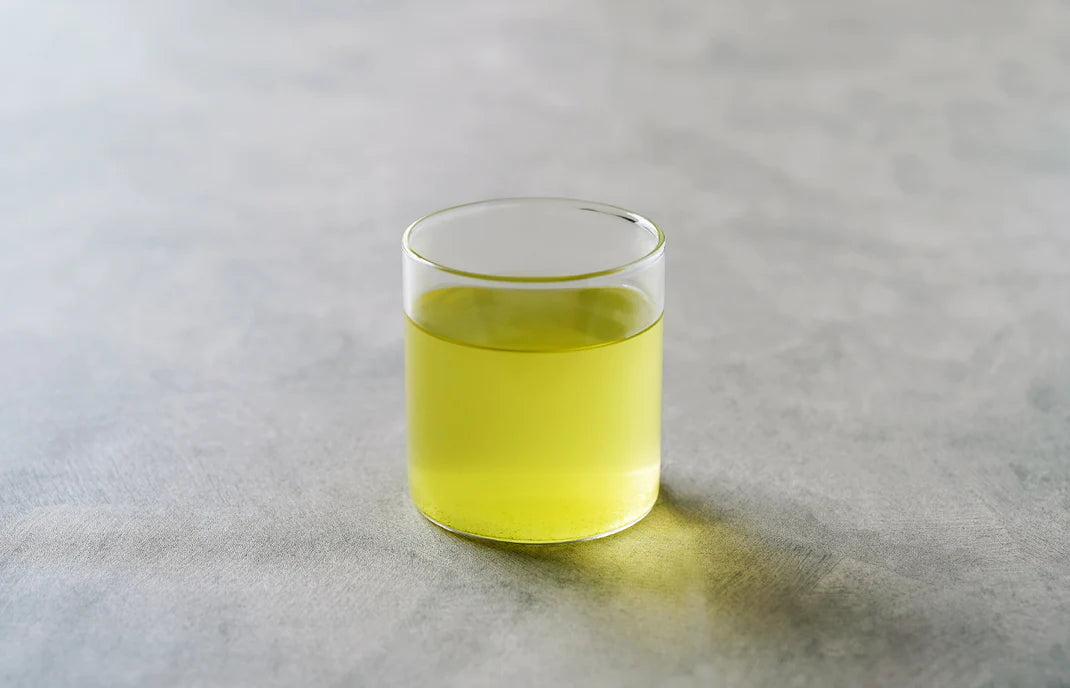
Genmaicha
Genmaicha (rice tea) is made of larger grown sencha tea leaves, blended with roasted rice. The aroma of the dry and crispy roasted rice adds a savoury fragrance to the tea flavour, again different from that of hojicha.
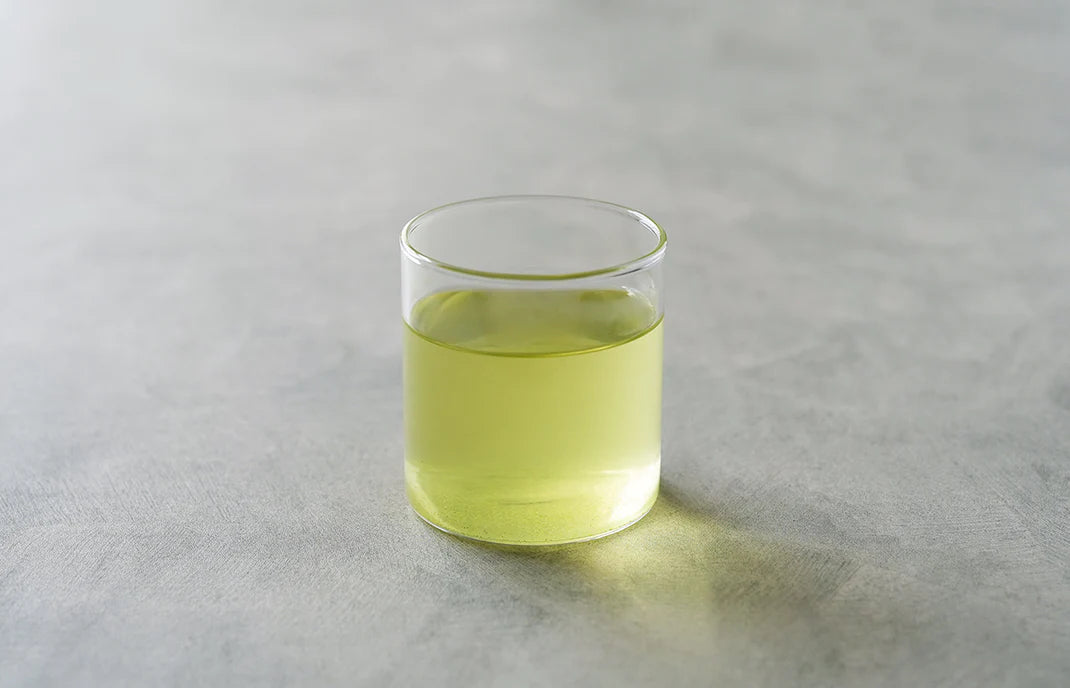
Yanagi
Because it is basically sencha, it's flavour is similar to that of a sencha.Some people even consider it easier to drink and tastier than sencha and it also makes the perfect tea for ochazuke (rice in green tea). Although it may not be the appropriate refreshment when having guests, this tea can easily be enjoyed casually.
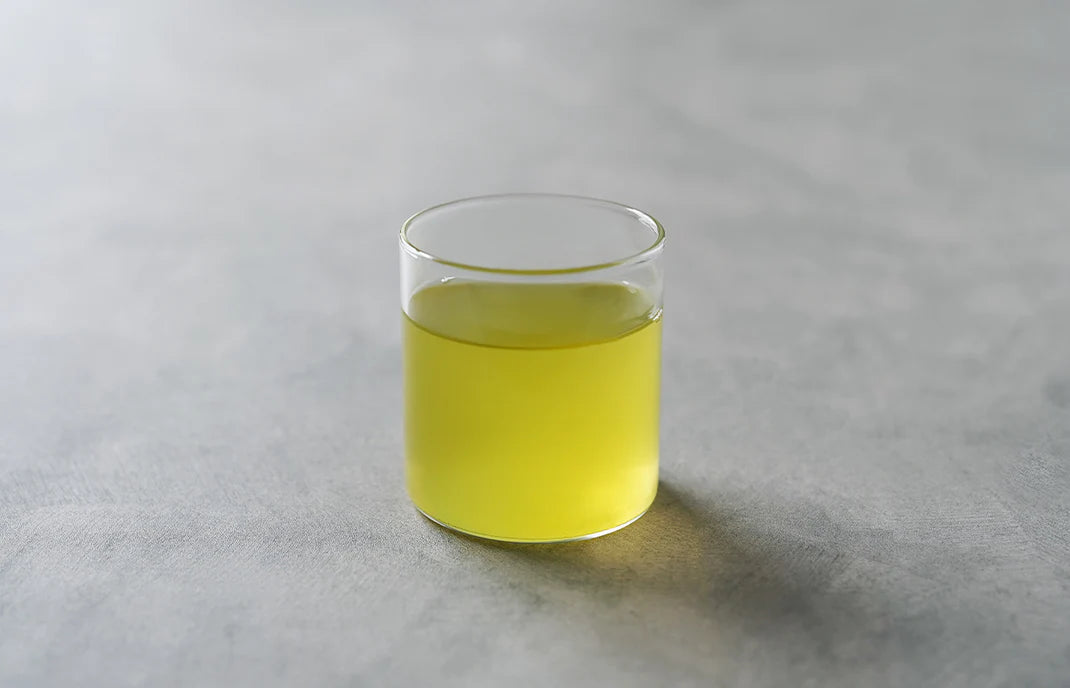
Konacha
Konacha is a tea produced by gathering the tiny broken fragments of tea that have dropped out during the manufacturing process of sencha and gyokuro.Because various tastes are condensed into small leaves and sprouts, this kind of tea is characterised by an extremely rich flavour and aroma.
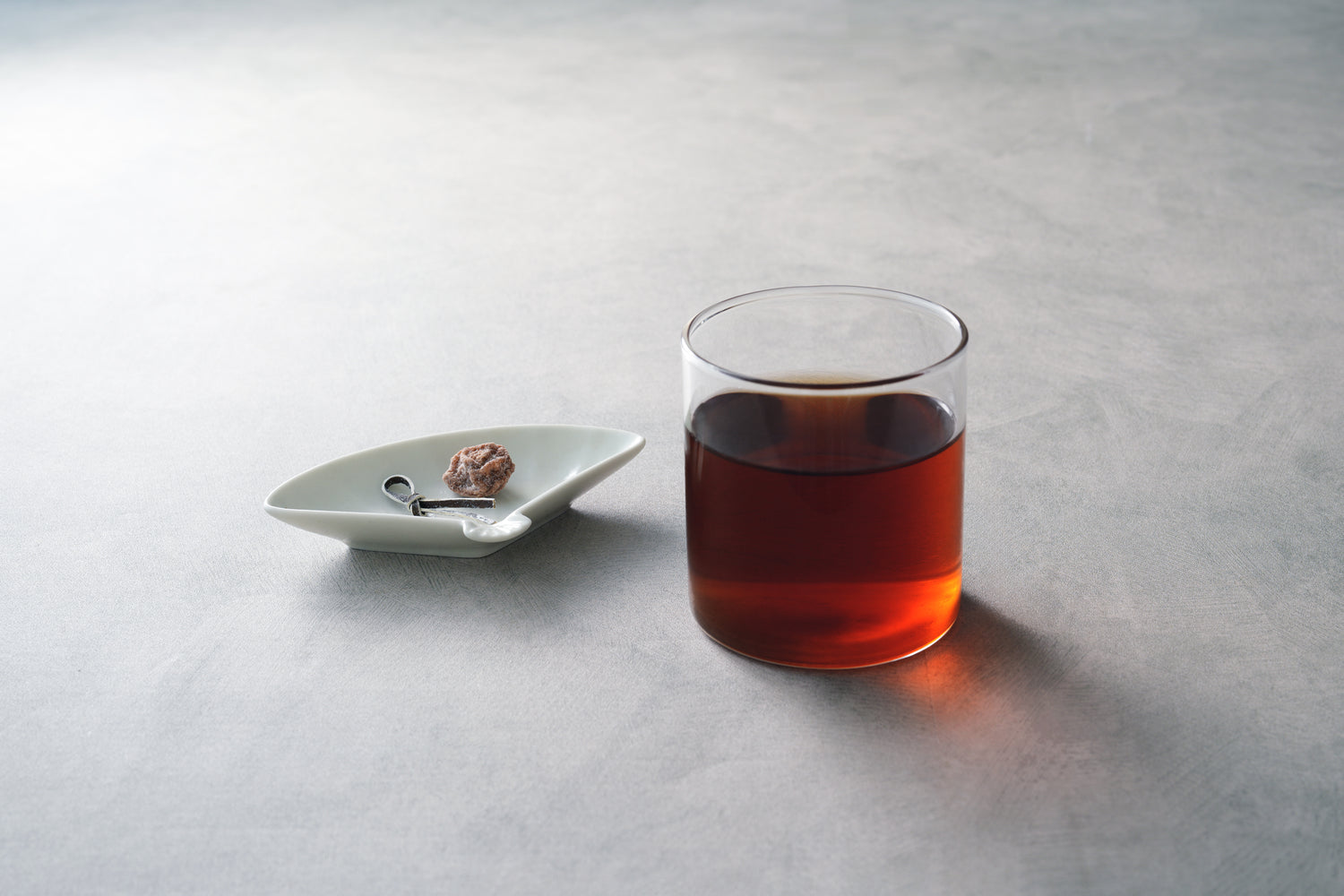
Obukucha
In Kyoto, people drink tea with pickled plums and kelp to pray for good health during the New Year.
This tea is called "Obukucha" and is said to have originated when Kuya Shonin served it to the common people as a plague repellent during a plague epidemic in Kyoto in the Heian period (794-1185).It is said that if, after drinking the tea, you wrap the small plum and kelp in the tea cup in a piece of Kaishi paper and wipe your body with it, you will not get sick for the year.
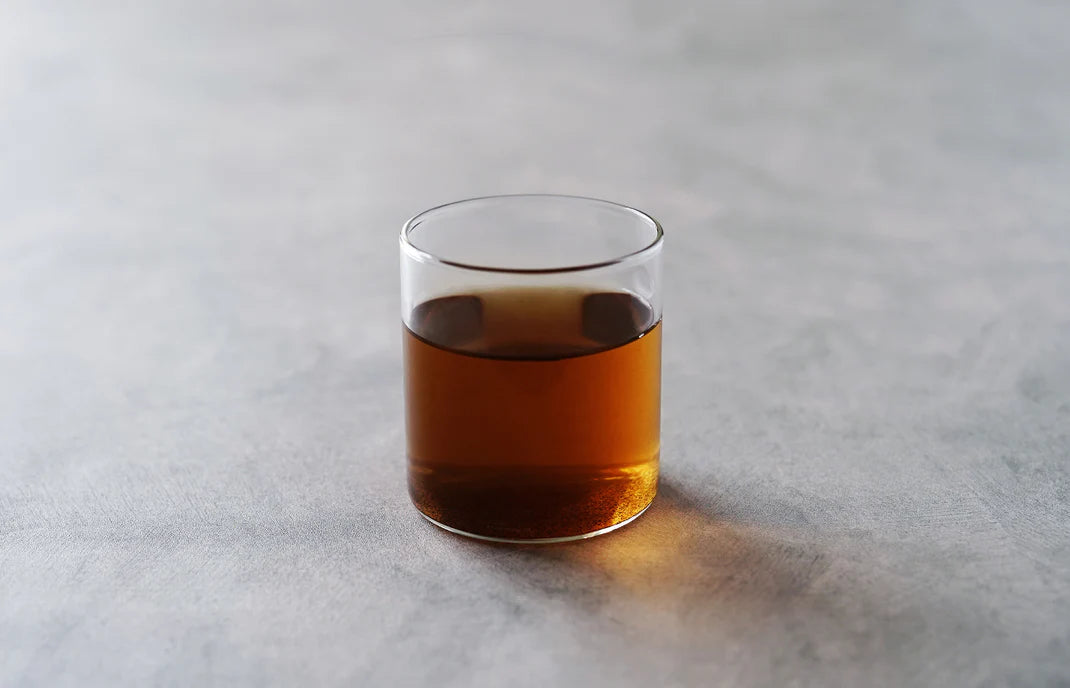
Other Tea Variations
Green Tea,Barley Tea with Kuki Hojicha,Bancha,etc.

